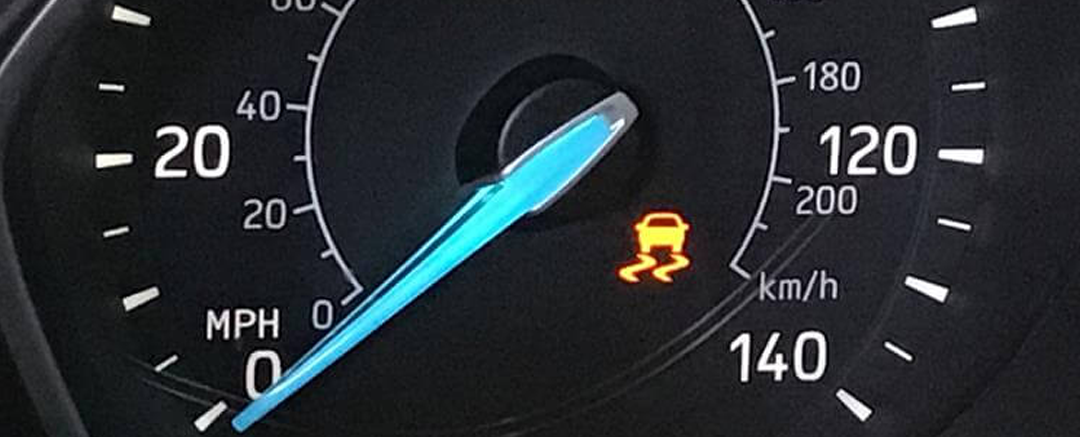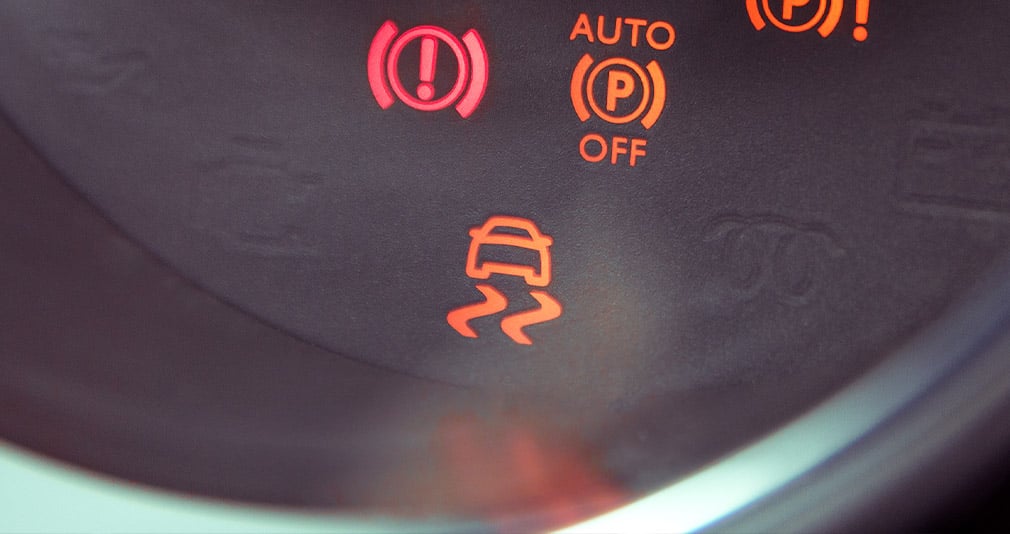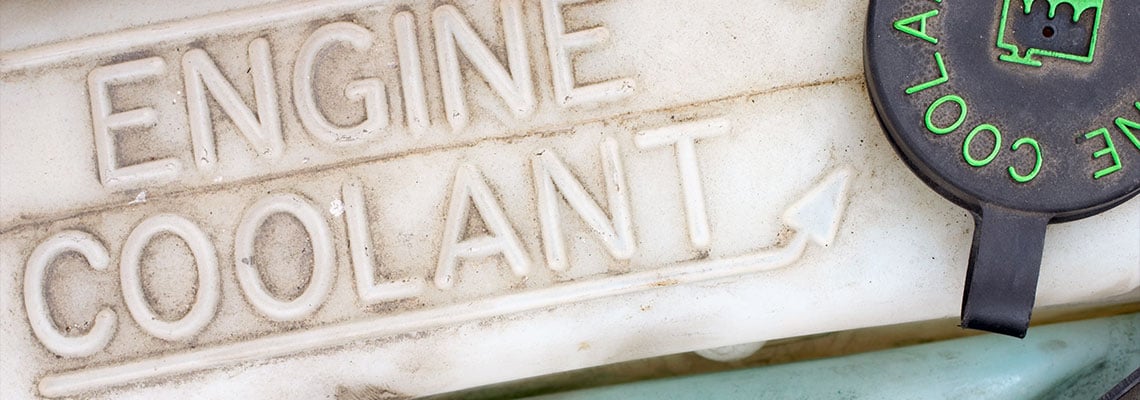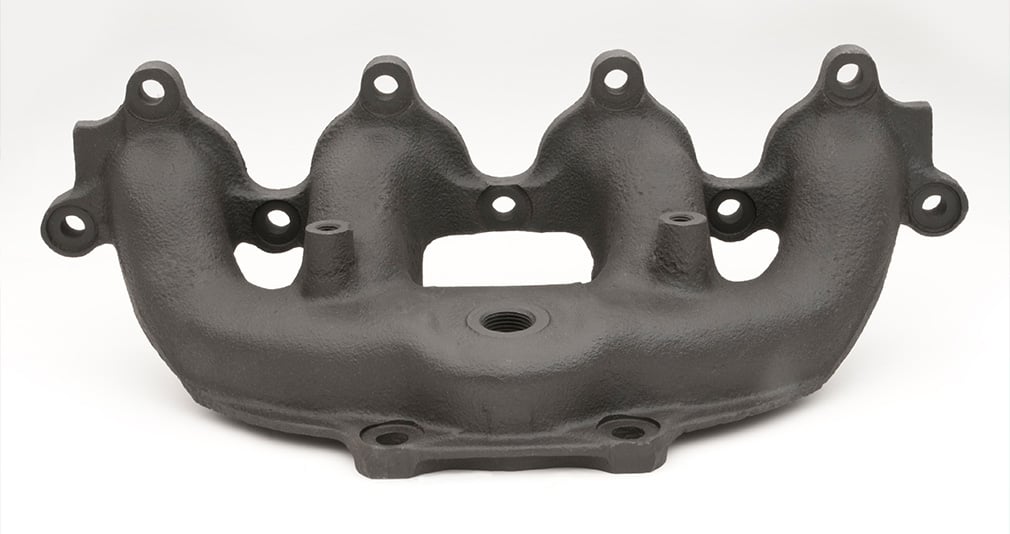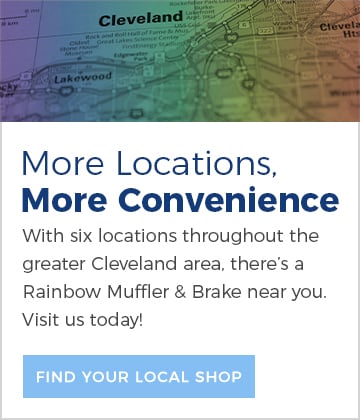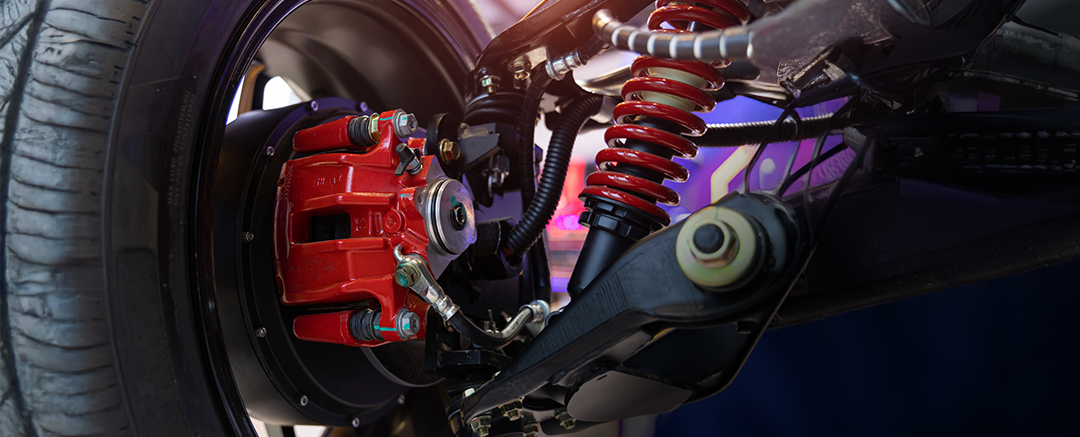Cleveland averages more than 60 inches of snow each year, which can be treacherous and even deadly for drivers. In fact, during the winter of 2021-22, there were 12,939 crashes on snow, ice or slush-covered roads in Ohio, 17 of which resulted in fatalities.
When heading out to run errands or visit family in winter weather, every component of your vehicle plays a role in keeping you safely on the road. This includes your vehicle’s traction control system (TCS).
The TCS is not a system you likely think about much — not like your brake or exhaust systems. In fact, you may not be familiar with this crucial car safety feature at all.
In this blog, we’ll discuss the TCS: what it is, why it’s important and how you can be sure it’s working properly.
What Is the Traction Control System?
The TCS is designed to prevent wheel spin during acceleration by ensuring all four wheels get the maximum amount of traction possible. The TCS detects when your car’s tires lose contact with the road during icy, rainy or windy conditions and reacts to counteract slipping wheels and give you better control.
How Does the Traction Control System Work?
You may notice your TCS by the indicator light that looks like a car with two squiggly lines under it. If you’re driving down a slick road and the traction indicator light (TCL) blinks on, you know it's kicking in. But how does it work?
The TCS continually monitors wheel speed via sensors. When your tires slip or there is a loss of traction, the system intervenes by shifting power from the slipping tire to the ones still gripping the road. The power transfer allows you to continue driving safely and in the right direction.
Without the TCS, you are more likely to hydroplane or skid off the road.
Traction Control System: How it Works
TCS sensors detect a loss of traction in one or more wheels. It employs one or more measures to restore grip:
- Reducing engine power. By cutting back on the throttle, the system can reduce the power going to the wheels, preventing them from spinning too quickly.
- Applying brakes. The TCS can apply brakes to individual wheels spinning faster than the others, redistributing the power to the wheels that still have traction.
When TCS is activated, you’ll see the TCL light up on the dashboard.
Why Does the Traction Control Light Come On?
Most cars with a TCS also have a light on the dashboard (the TCL) that lights up when the TCS is active. The light typically appears as a car with wavy lines under it, indicating it’s losing control.
If there is a problem with the TCS, a different TCL may show up. This could look like the letter TC with a line through it or a triangle with an exclamation mark in the center.
If you’re driving in slippery conditions when the TCL comes on, you know the system is working to stabilize your tires and regain traction with the road.
If the light illuminates when the road is dry or blinks intermittently without a clear trigger, you may have a problem. Some of the most common issues affecting the TCL are:
- Faulty wheel-speed sensors
- Worn-out tires
- Faulty steering angle
- Electrical issue
- Software glitch
- Brake system malfunction
If the TCL turns on and stays on, it could mean the system has been deactivated. If that’s the case, your car’s computer won’t be able to sense when your wheels lose traction. This isn’t a huge concern in ideal conditions, but if the TCS goes down during the winter, you’ll need to have it checked out right away.
Common Questions About the TCL
Why is my traction control light on? The TCL illuminates when the system detects a loss of traction or when there is a malfunction in the system.
Why is my traction control light staying on? If the light illuminates and stays on, that could indicate a fault in the TCS. Find a safe place to pull over and restart your vehicle. If you turn your car off and back on again and the light stays on, schedule an appointment for a diagnostic inspection as soon as possible.
Why is my ABS and traction control light on? The ABS or anti-lock braking system prevents wheels from locking up to help avoid skidding. If both lights come together, it could mean an issue with a shared component, such as a wheel speed sensor or a problem with the vehicle’s braking and stability system.
If ABS, TCL and your car’s red brake warning light come on, your entire braking system may have been affected. This can be extremely dangerous. Pull over and have your car towed to the repair shop for a full diagnostic check-up.
Why is my traction control and check engine light on? The check engine light is one of the more familiar among the dashboard indicators. A combo of TCL and check engine may suggest a problem with both engine management and traction control. Your nearest Rainbow technician can do a diagnostic scan to identify the root cause.
How do you reset the traction control light? First, try turning the vehicle off and then on again. If this does not work, bring your car for a diagnostic scan to determine the underlying issue.
How do I turn off my traction control system? Your vehicle’s TCS is always on unless manually disabled. Most vehicles allow you to manually turn off the TCS with a button on the dashboard or console. Consult your owner’s manual to locate the button and try turning it off. You should see a light indicating the TCS has been disabled. Press it again to show the system is active.
Turning off your TCS is usually not necessary, but if you find yourself stuck in the mud or snow and your wheels are spinning, it may be necessary to disable the TCS.
How to Tell if Your TCS Is Working Properly
Usually, seeing the TCL when driving on a slippery road is an indication that this system is fully functional. If you have concerns about your TCS, there are a few ways to tell it's up and running:
- Watch for the light. On startup, the TCS light should briefly illuminate on the dashboard. This lets you know the bulb is working. If it does not appear, it may indicate a faulty bulb or a larger problem with the system.
- Refer to your manual. Every car is different. Check your manual to learn what your car’s TCS lights look like and what they mean.
- Listen. When driving on a slippery road, you may be able to hear the TCS activate. It will sound like a brief grinding or buzzing noise. If you hear the sounds but don’t see the light, take your car in to have it checked out.
- Manually activate/deactivate. Turn the system off and back on again. Lights should illuminate, indicating it's deactivated or activated.
- Diagnostic check. If you’re not sure whether your TCS is working, bring it to a qualified technician who will run a scan of your car’s computer. The scanner will check for fault codes related to the TCS.
When to Get Your TCS Checked Out
The TCS in your car is designed to keep you safe on the road. Without it, winter driving can be even more treacherous. Take your car in at the first sign of trouble or if you’re concerned that your TCS isn’t working properly — especially as we move into Cleveland’s slipperiest season.

